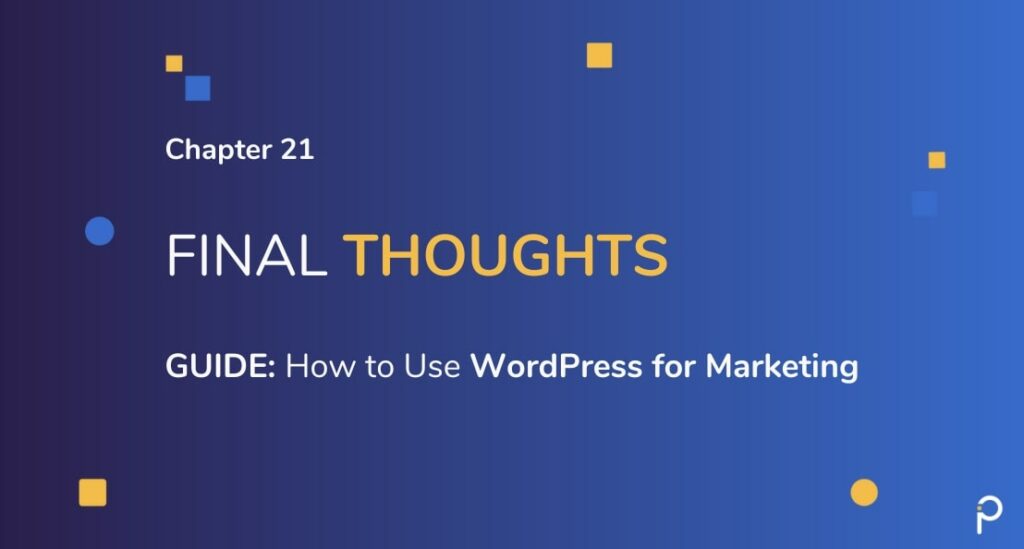
As per a Hubspot global report, 63% of marketers they interviewed were planning to invest in a website upgrade in 2020.
We spoke to digital marketers and asked them what were there biggest concerns with digital marketing.
The Most Common Concerns for Digital Marketers:
- Generating traffic for the website
- Choosing the right tools and technology to aid your digital marketing efforts
- Standing out from the competition
- Knowing what to measure and making sense of analytics
- Budget and time constraints
- Proving ROI on marketing initiatives
- Managing the website
- Training the team
- Hiring good talent
- Setting marketing goals and expectations
- Staying up to date with the latest trends and developments
- Deciding between traditional marketing and digital marketing
- Finding the right marketing methodology and tactics that works for your segment
- Target audience not engaging with your marketing efforts
- Support or backing from top management
- Finding influencers
- Quantifying the reach of your marketing efforts
- Scaling your marketing efforts
- Too many channels to manage
- Which aspect of digital marketing do you find most challenging?
- Which channel is currently the most productive for you in terms of traffic and lead generation
Deciding between traditional and digital marketing is not a dilemma for most marketers now.
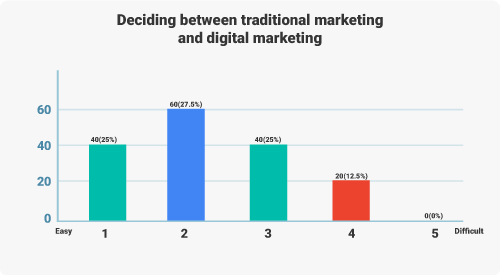
However, choosing the right tools and technology for their digital marketing is still a reasonably hard task. It’s a paradox of choice given the number of tools available. This was one prime reason for us to write this detailed marketing guide for WordPress.
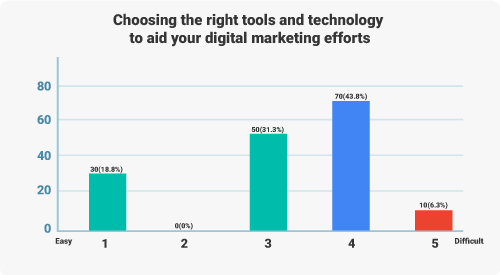
Time and budgets are always going to be a constraint. This is particularly true for organizations that see marketing as a cost centre and not value or revenue generator. With the help of this guide and WordPress marketing courses we’ve planned, we want to help digital marketers create a system that saves time and produces results.
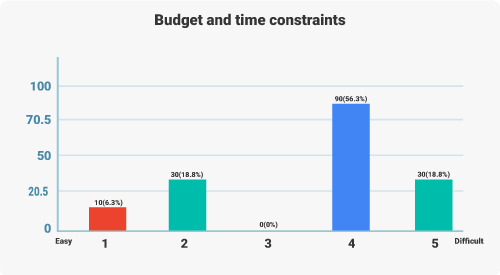
For small marketing teams, this may not be a major concern. But for a larger organization, adopting new tools and technologies can be a costly exercise for this very reason. We’ve realized as a remote team that while there are plenty of tutorials online, creating an internal documentation that reflects your processes and systems, is much more effective. And scalable.
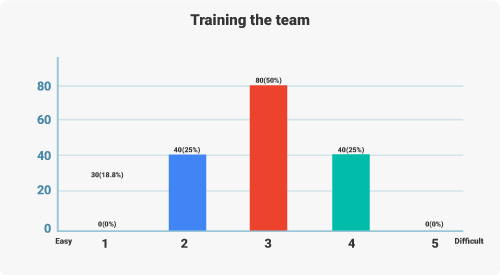
Hiring good talent seems to be a far bigger challenge than training the team. One of the benefits of a remote team is that we can find the best people wherever they are and not restrict ourselves to one location. Good talent is more attitude and less about skills anyway.
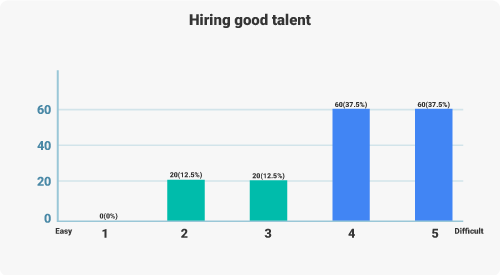
We have discussed content marketing, email marketing, landing pages and marketing automation tactics in this guide. But choosing the right tactic is heavily dependent on knowing your customer and their behaviour well.
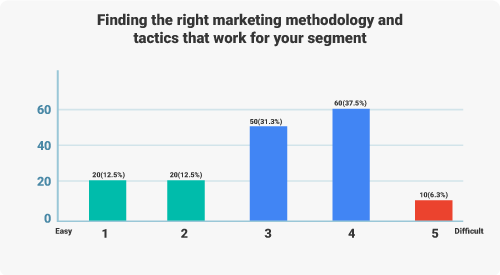
With the proliferation of DIY websites and page builders, managing a website is no longer a technological challenge. While #learntocode has gained a lot of attention, there is a counter-narrative that promotes #nocode approach to building websites and marketing funnels. At the end of the day, creating systems and delegating work efficiently is the best way to scale your efforts.
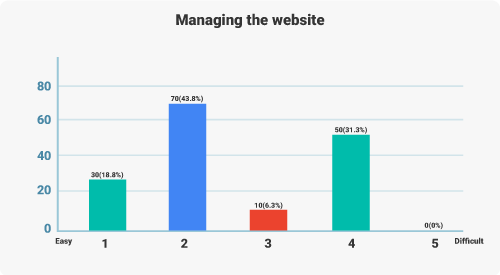
Demonstrating ROI on marketing activities can be hard particularly when goals are not set and metrics are not identified based on that. The digital marketing goals pyramid is a good way to visualize your goals and metrics. With that in place, you should be able to measure and determine the ROI.
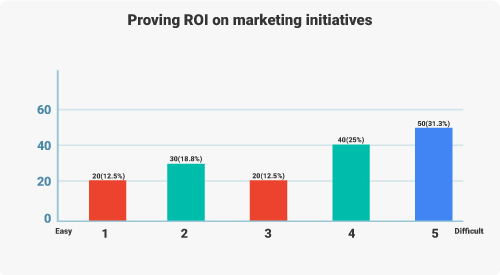
Brand awareness and reach can be tricky to quantify and measure. Views, like and website traffic are vanity metrics if you only look at them and nothing else. But they can give you a sense of the reach.
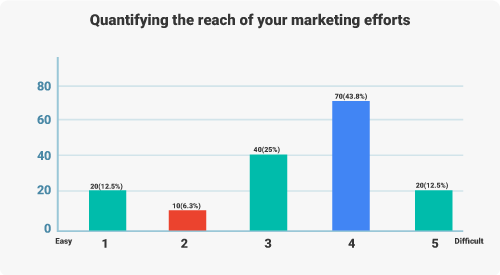
Hiring and training a team, picking the right tools and using the appropriate tactics can help you scale your marketing efforts.
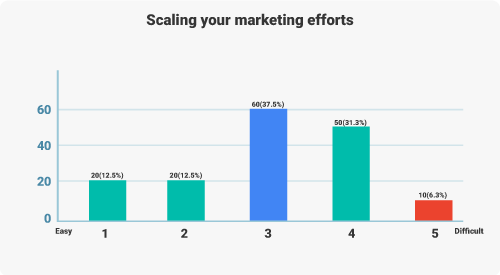
If you find that setting marketing goals and expectations are hard, then you should spend more time understanding your audience and what they really want. This is best done through Buyer Personas for B2B businesses. Industry benchmarks are helpful too. A comprehensive website audit can also help you establish the baseline.
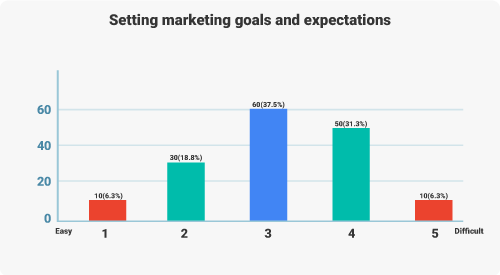
Standing out in the crowd is as much a business problem as it is a marketing one. Creative campaigns can definitely help you stand out, but at the end of the day a well planned and systematically run marketing campaign will do the rest. Positioning your brand and creating brand stories that communicate the differentiation powerfully are underused marketing strategies.
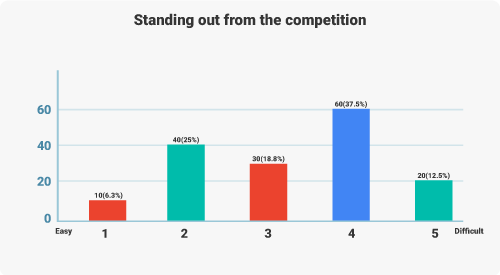
A target audience not engaging with your marketing message is less to do with your campaign and more to do with gaps in your understanding of the audience. Spend more time there and continuously A/B test your tactics and messaging to improve the engagement rates.
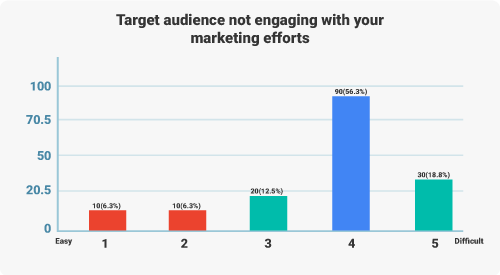
And finally, the most popular question among marketers. How to grow the website traffic? The most sustainable to generate and grow traffic is to use inbound marketing methods.
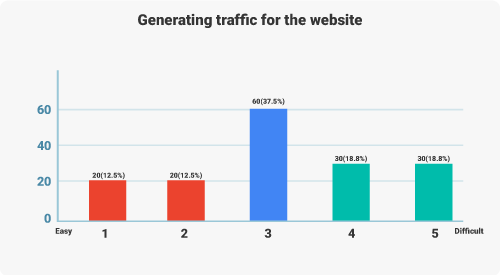
Between managing multiple stakeholders and ensuring the website is ready to handle constantly evolving global trends, there is a lot digital marketers have to juggle.
As mentioned earlier in this ebook, there are tons of website guides out there that discuss different aspects of digital marketing. However, we wanted to create a comprehensive and in-depth guide for marketers to illustrate how to use WordPress effectively.
We have all heard myths about WordPress being too challenging to learn or requiring intensive coding knowledge. Through this WordPress guide, we wanted to debunk those myths and show marketers that WordPress is for everyone and not just coders.
We hope this guide was useful in explaining how WordPress can be every digital marketer’s best friend. From setting up a website from scratch to seamlessly achieving marketing goals, we have discussed how WordPress can be used.
If you have any comments or questions about this WordPress guide, we would love to hear from you.